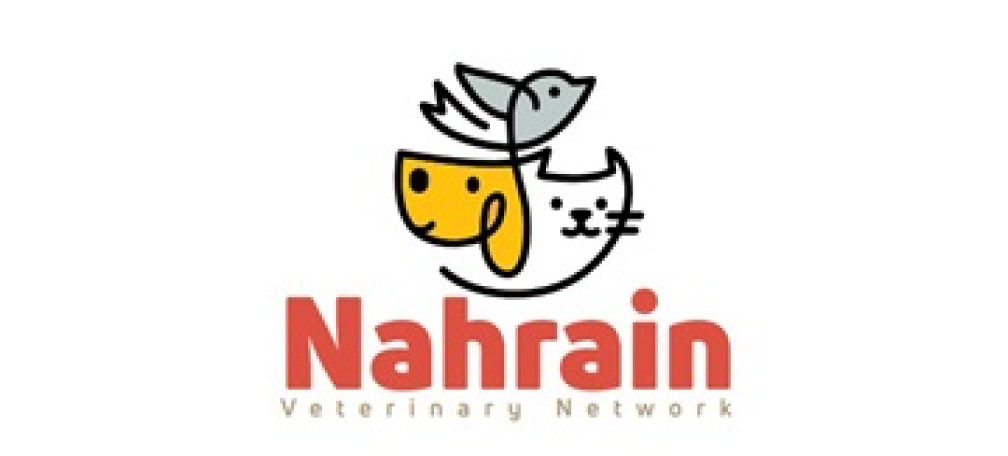Comprehensive Report on Foot-and-Mouth Disease (FMD) in Iraq: Challenges and Solutions

Dr. Majed Hamed Al Saegh / poultry pathologist / Australia
Abstract
Foot-and-Mouth Disease (FMD) is one of the most impactful transboundary animal diseases affecting livestock in Iraq. The endemic nature of this disease has led to frequent outbreaks, causing significant economic losses due to reduced milk production, high mortality rates among young animals, trade restrictions, and costly vaccination efforts. This review provides a detailed analysis of the epidemiology, pathogenesis, vaccination strategies, challenges, and control measures for FMD in Iraq. It also discusses the historical outbreaks of the disease, the impact of animal smuggling, the inefficiency of current vaccination campaigns due to mismatched virus strains, and the structural weaknesses in veterinary infrastructure. Additionally, comprehensive solutions are proposed, including enhancing biosecurity measures, improving vaccination strategies, strengthening diagnostic capabilities, and fostering regional cooperation to mitigate the impact of FMD.
- Introduction
Foot-and-Mouth Disease (FMD) is a highly contagious viral disease affecting cloven-hoofed animals, including cattle, buffalo, sheep, and goats. It is caused by the Foot-and-Mouth Disease Virus (FMDV), which belongs to the genus Aphthovirus within the Picornaviridae family. The disease is characterized by a high infection rate and significant economic losses in affected regions.
1.1. Global Significance of Foot-and-Mouth Disease
FMD is one of the most economically devastating diseases in livestock due to its impact on international trade, production losses, and high control costs. Countries free from the disease have a competitive advantage in global meat and dairy markets, while endemic regions face export bans and economic restrictions.
1.2. FMD in Iraq: A Persistent Challenge
FMD has been recorded as an endemic problem in Iraq since 1937, with periodic outbreaks due to uncontrolled animal movement, weak veterinary services, and inadequate vaccination strategies. Despite efforts to control the disease, livestock smuggling, open borders, and political instability continue to exacerbate the situation. Recent studies highlight the resurgence of FMD in Iraq, necessitating urgent and organized control measures.
- Pathogenesis and Pathogenicity of the Foot-and-Mouth Disease Virus
2.1. Characteristics of the Virus: The Foot-and-Mouth Disease Virus is a small, non-enveloped, positive-sense RNA virus that undergoes frequent mutations, leading to the emergence of new strains. The virus consists of seven serotypes (O, A, C, Asia 1, SAT1, SAT2, SAT3), with numerous subtypes within each serotype. The lack of cross-protection between serotypes poses a major challenge in vaccine development.
2.2. Modes of Virus Transmission: The virus is transmitted through several routes:
- Direct Contact: Through saliva, nasal secretions, and vesicular fluids from infected animals.
- Airborne Transmission: The virus can travel up to 10 kilometers under favorable climatic conditions.
- Contaminated Materials: Such as equipment, feed, and vehicles.
- Animal Movement: Livestock smuggling plays a significant role in the spread of the disease across regions.
2.3. Clinical Symptoms in Cattle: High fever (40-41°C), Excessive salivation due to ulcers on the tongue, gums, and lips, Lameness caused by lesions on the hooves, Reduced milk production, Weight loss and stunted growth, Myocarditis and sudden death in young animals
- Epidemiology of Foot-and-Mouth Disease in Iraq
3.1. Historical Outbreaks in Iraq: Iraq has experienced several major FMD outbreaks that have significantly impacted the livestock sector. Notable outbreaks include:
- 1937 The first official report of the disease in Iraq.
- 1998-1999A widespread outbreak during the economic sanctions period, affecting over 25% of the livestock population.
- 2004-2010 Continuous outbreaks due to political instability and weak border controls.
- 2016 Resurgence of the disease due to illegal importation of infected cattle from neighboring countries.
3.2. Serotypes Detected in Iraq: Studies conducted by the Food and Agriculture Organization (FAO) and the World Organisation for Animal Health (OIE) have identified several circulating serotypes in Iraq: (O/Tur/5//2009, A/Tur/06-20, Asia 1/Pak/08 Sindh-8, A/ASIA/Iran05BAR-08, O ME-SA PanAsia2 ANT-10).
The diversity of serotypes complicates vaccination efforts, necessitating continuous monitoring and updates to vaccine formulations.
3.3. Factors Contributing to the Persistence of the Disease. Weak Veterinary Infrastructure and Disease Surveillance:
- Lack of advanced diagnostic laboratories and insufficient trained veterinary personnel.
- Ineffective Vaccination Strategies: Use of vaccines that do not match locally circulating strains.
- Animal Smuggling and Unregulated Livestock Movement: Movement of infected animals across borders without proper controls.
- Lack of Awareness Among Farmers About Biosecurity Measures: Failure to adopt basic preventive practices.
- Unregulated Animal Markets: Spread of the disease in crowded and unsanitary markets.
- Solutions for Effective Control of Foot-and-Mouth Disease in Iraq
6.1. Strengthening Vaccination Strategies
Establishing a National Facility for FMD Vaccine Production: To reduce reliance on imports and ensure affordable vaccine availability.
Developing Vaccines Compatible with Locally Circulating Strains: In collaboration with international organizations like FAO and OIE to update vaccine formulations.
Expanding Cold Chain Infrastructure: To ensure proper storage and distribution of vaccines, especially in remote areas.
6.2. Improving Biosecurity Measures
Enforcing Strict Regulations on Animal Movement and Quarantine Measures: To prevent cross-border spread of the disease.
Implementing Strict Controls in Animal Markets: Such as regular cleaning and disinfection of markets, and health checks for animals before entry.
Conducting Educational Programs for Farmers on Disease Prevention Practices: Including isolating infected animals, disinfecting equipment, and using protective clothing.
6.3. Developing Veterinary Infrastructure
Rebuilding and Upgrading Diagnostic Laboratories: To provide rapid and accurate disease diagnosis. Training and Increasing the Number of Veterinarians: To ensure a skilled workforce capable of handling disease outbreaks.
6.4. Regional and International Cooperation
Collaborating with FAO, OIE, and WHO for Funding and Technical Support: To implement disease control programs.
Establishing Cross-Border Surveillance Programs: To limit disease spread through information sharing and coordination among neighboring countries.
Conclusion
Foot-and-Mouth Disease remains a significant challenge to Iraq’s livestock sector due to its endemic nature and the socio-political factors hindering control efforts. Overcoming this disease requires a multifaceted approach, including improving vaccination strategies, enhancing biosecurity measures, developing veterinary infrastructure, and fostering regional and international cooperation. Only through the implementation of these comprehensive solutions can Iraq mitigate the impact of FMD and enhance the health and well-being of its livestock sector.



